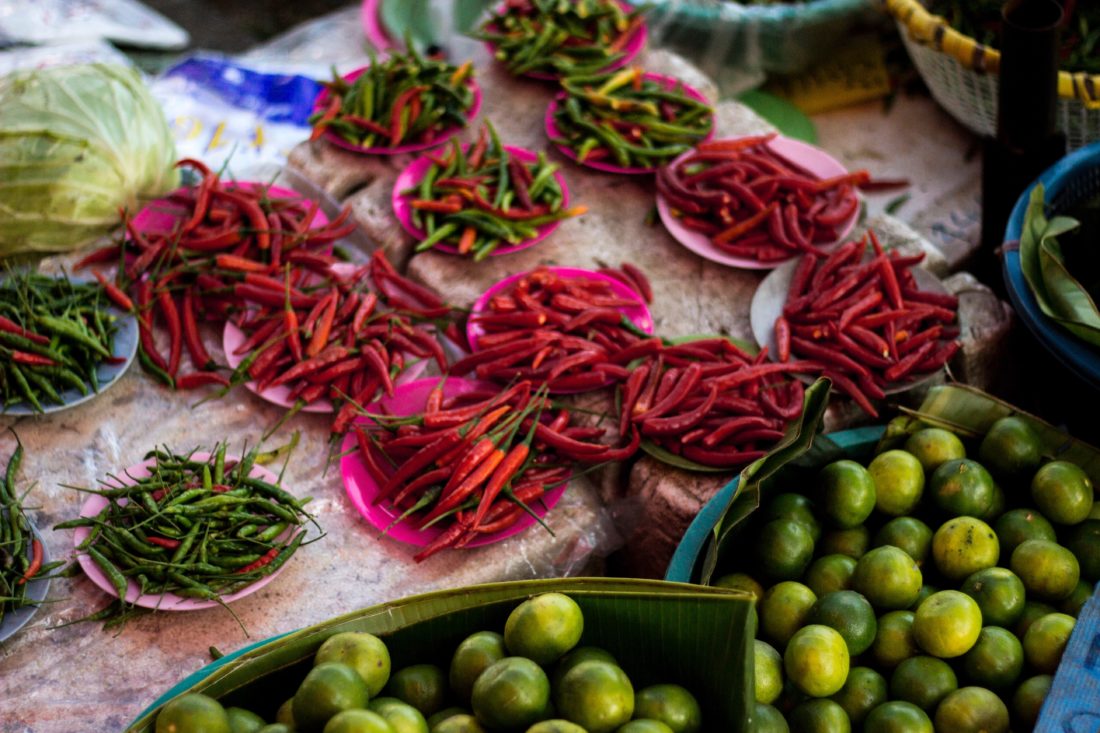
How to integrate spice and improve your diet (and your health)
The use of a blend of seasonings and spices can not only jazz up an old favorite dish, but it can also introduce you to the world of cultural foods and help you cut back on the sodium and sugar in your diet. It can also help us to add a whole lot of flavor.
Spices, herbs and flavorings are a great way to add flavor and nutrition to food without adding calories. “Use these to season and flavor food so that you won’t need to add tons of high calorie sauces or oils to make food taste good. I tell my clients to use these freely and get creative,” says Alix Turoff, a registered dietitian.
For example, ginger and anise are great to help cut gas and bloat. “Try mug of ginger tea with a little honey or try chewing on a few anise seeds after dinner to soothe you,” says Bonnie Taub-Dix, RDN, creator of BetterThanDieting.com and author of Read it Before You Eat It – Taking You from Label to Table.
Peppermint works in a similar fashion.
Turmeric helps to reduce inflammation. “Try sprinkling some on chicken (it pairs deliciously with cumin and smoked paprika!) or fish. It’s even become trendy to drink turmeric in tea or water,” says Taub-Dix.
Cinnamon might help control diabetes. “Sprinkle some cinnamon on cottage or ricotta cheese and top a frozen whole grain waffle with this combo for a breakfast that’ll last until lunch!” says Taub-Dix.
The use of spices can also help us use less salt, and too much sodium is dangerous to our health in many ways, from bloat to heart disease. Consider ditching the salt in the shaker you keep on your table and instead, fill it with an array of your favorite spices. “Create your own signature blend…or create a few different blends that you can easily reach for instead of salt,” says Taub-Dix. (These blends make great gifts, too!)
When stocking up on spices, you have to think about the type of cuisine that you like and cook often. “If you’re into Italian food, you’ll want an Italian seasoning and you can either get each spice individually or purchase a blend which will typical contain Marjoram, Thyme, Rosemary, Sage, Oregano & Basil,” says Turoff. For Indian cuisine, you’ll want to have Cardamom, Cloves, Curry, Cumin, Coriander, Nutmeg, Ginger, Fenugreek, Turmeric, Garam Masala and Saffron. Middle Eastern: Cumin, Cardamom, Nutmeg, Turmeric, Sumac, Caraway, Za’atar. Mexican Cuisine: Cumin, Coriander, Garlic & Onion Powder, Chili Powder, Paprika (Smoked Paprika is even better/stronger), Cloves.
Here’s a few ways to use fresh herbs and spices in your cooking:
Taco Seasoning
“Take your meat and put it in a Ziploc bag, chop up 1 onion and throw it in the bag (don’t worry about slicing it perfectly, it’s just for flavor), 1 lime, cut in half and squeezed (leave the rind in the bag for more flavor), Garlic Powder, Onion Powder, Salt, Black Pepper, Cumin and Smoked Paprika. Marinate for 30 minutes or more for the perfect taco seasoning,” says Turoff. Add chili powder or cayenne if you like it spicy!
Making herbs last
“If you have fresh herbs and don’t want them to go bad, a good trick is to chop them up and put them in an ice cube tray. Add a little water or chicken/vegetable broth and freeze them and now you have fresh herbs whenever you need them!” says Turoff. (The water/liquid will evaporate when you’re cooking)
Weight control
“There is some research into spicy foods and metabolism but it seems like most of them are a little bit over exaggerated so I don’t usually tell people that spicy foods boost metabolism BUT I do find that you can’t eat as much spicy food so it helps you to control your portions,” says Turoff.
